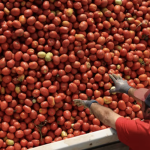Advice for silt-affected farmers & growers
Future Farming Trust’s soil consultant Phil Schofield talks sediment and revegetation.
Added 3 years ago
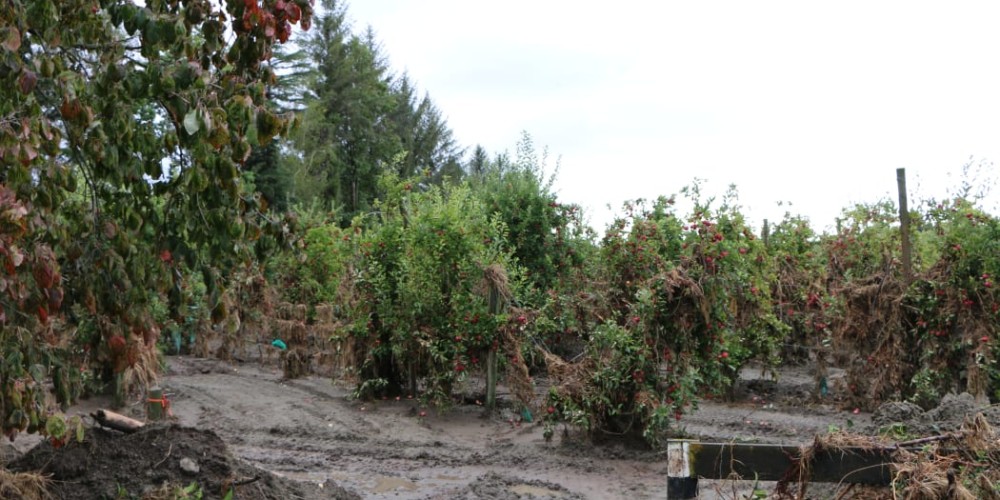
One month on from Cyclone Gabrielle, Future Farming Trust Chair and soil scientist Phillip Schofield talks sediment and offers advice and hope for silt affected farmers and growers.
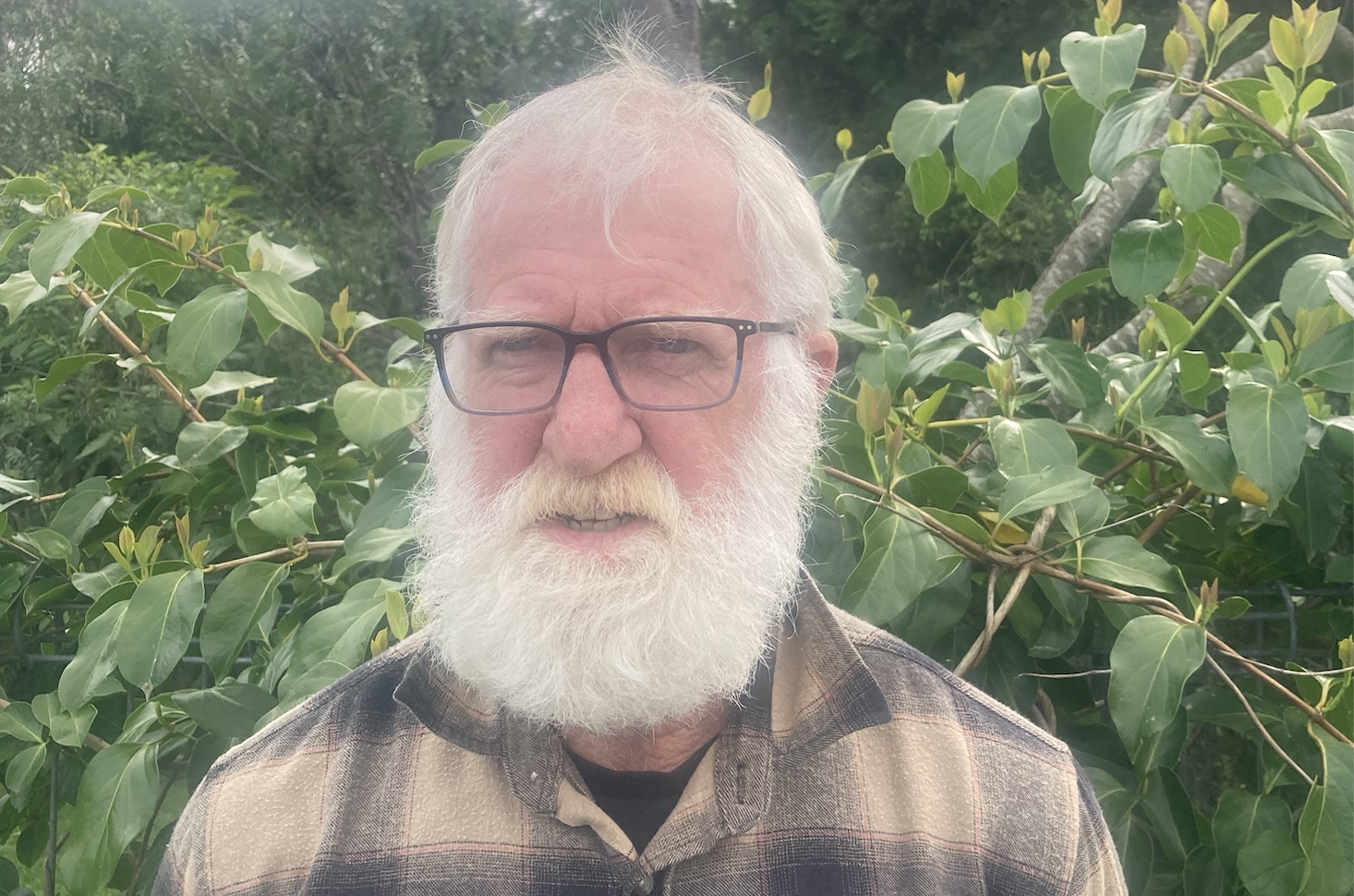
“There’s been a lot of destruction. The way Gabrielle arrived in Hawke’s Bay was pretty similar to Bola, but the storm itself was much bigger. The water that came down the Esk, the Tūtaekurī (and their tributaries) and the Ngaruroro was bigger than most of flood protection on the Heretaunga plains was designed to contain. Therefore there were 30 breaches of riverbanks and that meant a lot of river water flooded down old flood plains.
“It also resulted in a huge number of slips, and streambank and gully erosion up in the hill country, and the longer the rainfall event lasted, the more soil got carried downstream into riverways and out onto the flats.”
Of the sediment, Schofield says it’s mostly come from stream bank and gulley erosion and soil erosion sediments carried into the river systems by the sheer volume of water.
“The sediment or silt, isn’t necessarily infertile. There are nutrients in it, and one of the first things to do is find out how many by doing soil testing.”
The sediment coming down the rivers is a mixture of soil particles:
- Clay – less than two microns in size. Soft and sticky, and shiny and smooth on the surface.
- Silt – the particles between two microns and 50 microns. Soft and smooth. Silky between the fingers. Has ripples and patterns to it.
- Sand – bigger particles again from 50 microns to 2 mm – then it’s called gravel.
“The sediments carried down the river are made up of various proportions of silt, sand and clay depending on the rate of flow of the water.”
The first thing sediment affected farmers should do is identify what it is, and how thick it is, says Schofield.
“The thickness of it will determine what action to take. It will also depend on what was there before the silt arrived.
“If you have an orchard or vineyard, then you might consider taking the silt out because you’ve got an infrastructure that you can potentially recover, depending on the depth of the deposits and whether the flood flows destroyed the existing infrastructure.”
Schofield has been looking at deposits that are half a metre deep on cropping and pasture land.
“It’s the same parent material of the soil that was buried, it’s maybe 100 to 150 years fresher. Silt, sand, and clay is about half of what a really healthy soil is. The rest is mainly air, water, and organic matter. The job now is to remediate that raw material, get life living in it again, get roots in it, aerate it and rebuild it.
“You want to get it revegetated as fast as you can.”
Schofield says the LandWISE website (www.landwise.org.nz ) is a great source of information and advice on what to do about silt affected properties, including assessment templates and how to help growers/farmers make decisions about repairing, rebuilding, or developing their soils.
Check out LandWISE’s “in a nutshell” advice that includes practical advice and strongly advises taking time to breathe – plan, prepare, act for best results.
Schofield says the Future Farming Trust wants farmers to explore building healthier soils as part of their farming system and a good first step is to revegetate the bare land with a mix of plant species rather than just one as this speeds up the soil building process.
“The sediment deposits we have now are devoid of much life at all, but I have seen earthworms working in half a metre silt deposits a few weeks on, so aeration was happening already which begins the soil building process.
“It’s a fairly daunting task in front of many farmers. But New Zealand farmers have had similar events in the past so can call on previous experience and hopefully learn that we have to prepare – even more rapidly – for a changing climate.”
Other reference material for those facing siltation and other cyclone effects:
Dairy NZ – cyclone response advice, tools and resources
Beef and Lamb – cyclone Gabrielle information for farmers
Join the conversation
Be the first to leave a comment.
Leave a comment
All comments are reviewed before they are published on the website. Your email address will not be published.
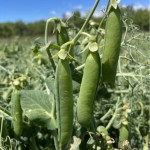
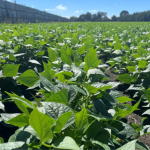

Community Engagement and Knowledge Sharing Strengthen the Carbon Positive Project
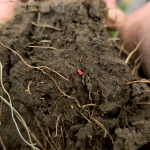

Farewell to Trustee Phil Schofield – A Foundational Leader of the HBFFCT
